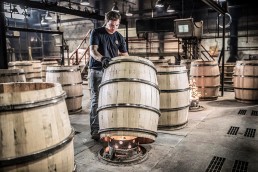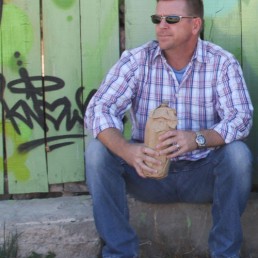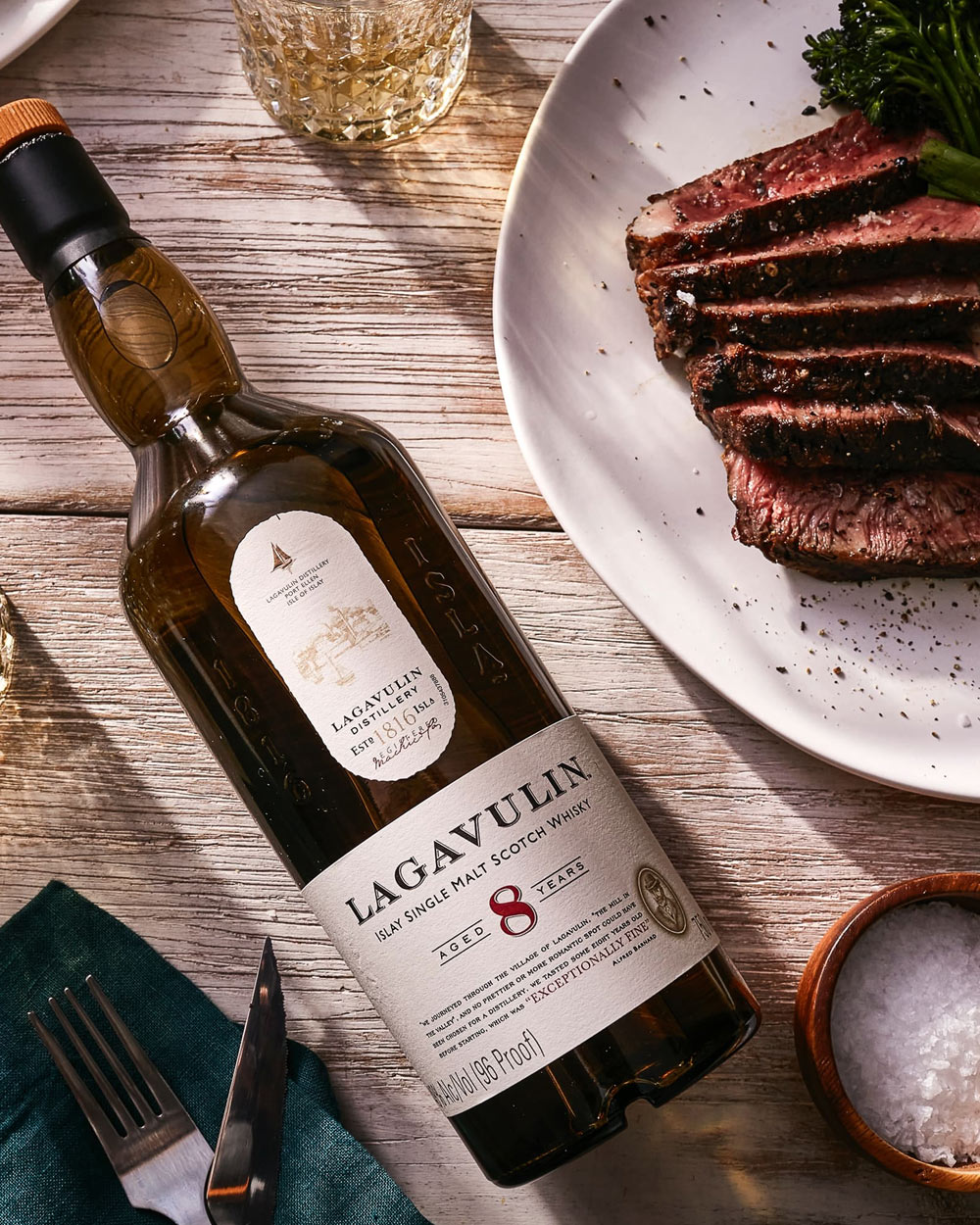When it comes to aging bourbon, charring and toasting barrels are standard practices among bourbon distillers to achieve a specific flavor profile.
But over the past three years, bourbons aged in charred and smoked barrels are popping up on store shelves, a technique capable of creating a virtually infinite range of new flavors and nuances. If barrel producer Independent Stave Company, who developed this “Cold Smoke” technology, has its way, this innovation will be a common trend for an industry constantly seeking out unique flavors.
“We saw an opportunity in the market to expand our portfolio of barrels using different wood sources to achieve desirable smoke characteristics,” said Independent Stave Company CEO Brad Boswell. “You’re seeing smoke used in innovative ways to influence cocktails and food, like the ‘smoked cocktail’ being reintroduced in bars and restaurants.”
“We saw an opportunity in the market to expand our portfolio of barrels using different wood sources to achieve desirable smoke characteristics. You’re seeing smoke used in innovative ways to influence cocktails and food, like the ‘smoked cocktail’ being reintroduced in bars and restaurants.”
— Brad Boswell, Stave Company CEO

Photo ©Tadd Myers, Courtesy of ISC
Below, we discuss these three maturation techniques and how each method imparts flavor. So pour yourself a dram, hit the back porch, and discover how charring, toasting, and even smoking barrels affect the taste of whiskey.
Charring Barrels
Charred barrels are not only the most common casks used for aging bourbon; it’s a requirement. This treatment imparts a tremendous influence on the aroma, flavor, and color of a whiskey or other spirit. For bourbon to be bourbon, it must be aged in new charred oak. And since bourbon producers can only use the barrel once, they sell their used wood to almost every producer of aged spirits worldwide. For this reason, most aged spirits, including rum, tequila, and world whisky, are matured in a charred oak cask.
Charring a barrel requires the inside of the barrel to be exposed to flame, which creates a layer of carbonized wood on the inside of the staves. Burning natural sugars in the stave caramelizes the wood, creating various flavor compounds called congeners. Wood char in the barrel considerably influences a whiskey’s flavor. Charring also helps release wood tannins, which adds structure and bitterness to help balance the sweetness. Charring also helps prevent the whiskey from interacting too much with raw oak, which can impart an astringent taste.
Since charring is an integral part of the maturation process while making whiskey, each distiller carefully selects the char level required to yield specific characteristics of that spirit. A light char, called char #1, is a 15-second burn at 500 to 600 degrees Fahrenheit, and the next level up is Char #2, at 30 seconds. The other side of the spectrum is a Char #4 barrel used to mature ubiquitous bourbons like Wild Turkey, Jim Beam, and most Buffalo Trace products. This barrel is fired for almost a full minute at 55 seconds. For many bourbons, like Angel’s Envy, Woodford Reserve and Elijah Craig, Char #3 is a sweet spot, which sits on the flame for 35 seconds. Four Roses E mashbills combines whiskeys aged in both #3 and #4 char barrels for their final blends.
Toasted Barrels
Toasted barrels are similar to charred barrels, but the barrel’s staves are exposed to a lower flame for a more extended time, hence ‘toasted.’ Instead of quickly burning and carbonizing the inside of the barrel, this slow exposure to flame penetrates the wood more thoroughly, and more of the wood’s fibers are affected.
Bourbon producers incorporate toasted wood into their aging program in a few different ways. One method is to toast the barrel before charring. Rabbit Hole is an example. The other is to ‘finish’ a whiskey in toasted oak, which means you put the liquid into a second barrel after the whiskey matures in a charred barrel.
Toasted barrel finishes have become very popular over the past few years. Elijah Craig’s Toasted Barrel Series or Basil Hayden Toast are examples. Michters also offers a Toasted Barrel Finish bourbon that starts in charred barrels and finishes in the mellower, toasted barrel. These companies claim their toast-finished products have a broader palate and smoother finish than what enters the secondary barrel.

Cold Smoked Barrels
Smoked barrels are the newest type of barrel used for aging bourbon. And when I say that smoked barrels are new, I mean it. Independent Stave Company, a long-running cooperage based in Kentucky, introduced their “cold smoked barrels” only three years ago. Since then, a few companies have released whiskey with smoked barrels as a finishing method. One is Buzzards Roost, which introduced a Smoked Barrel Rye earlier this year. Another one to try is Sipes’ Barrel Smoked Straight Bourbon Whiskey. As usual, it’s the small, craft-based companies that lead the way. Since the method is relatively young, several big box producers are still experimenting. Still, chances are we will see this finishing technique seep into the bourbon mainstream, probably beginning as limited edition small batches.
The method used to cold-smoke a barrel is straightforward. Barrel staves are exposed to smoke from various wood sources, including peat, oak, and other hardwoods, influencing a flavor differently. Like a peated Scotch whisky, smokiness can range from mild to intense, depending on the substance used, the amount used, and the length of time the barrel was smoked as it penetrates the fibers of the wood. The process imparts smoky, earthy, and slightly sweet flavors to the whiskey, depending on the type of product used to create the smoke.
Clint Lanier is a professor in the English Department of New Mexico State University. He is also the co-author of Drunken History, Bucket List Bars: Historic Saloons, Pubs, and Dives of America, and Craptails: the World’s Worst, Weirdest, and Most Disturbing Drinks. He has also written about spirits and travel for The Huffington Post, Fodors, Eater, and Liquor.com.


